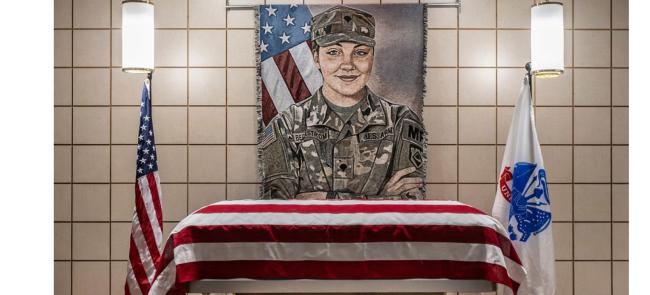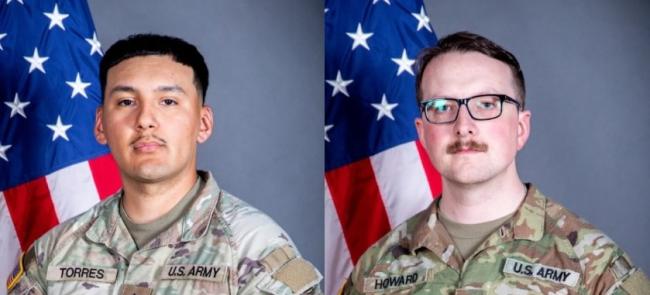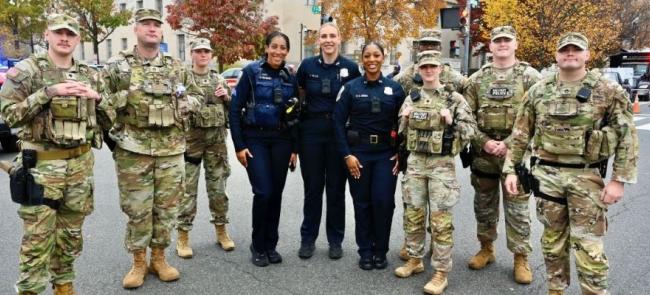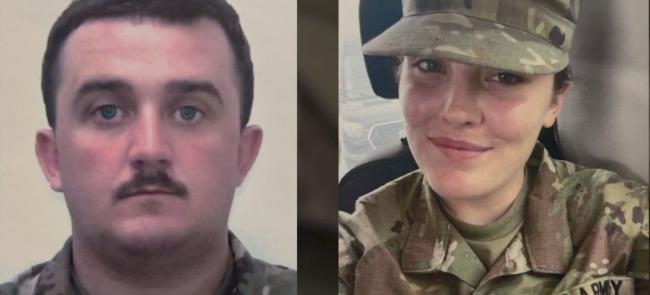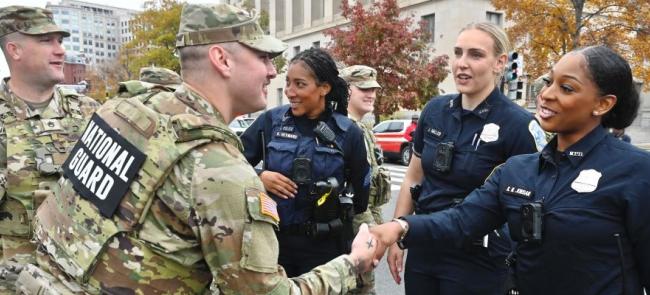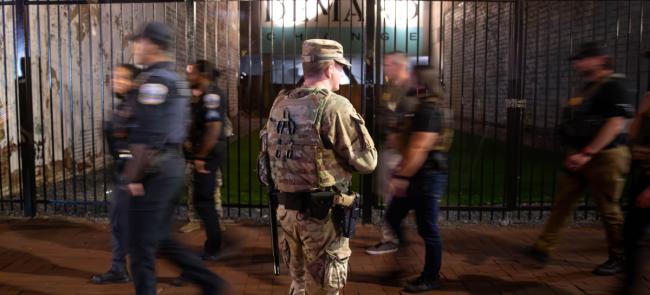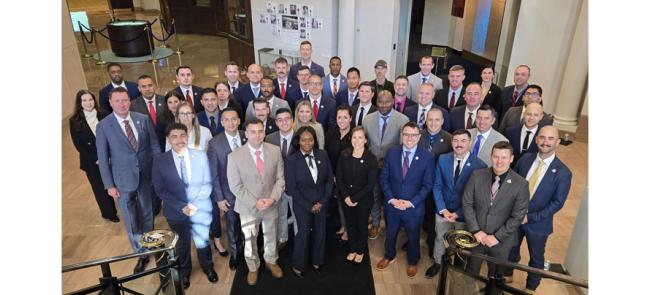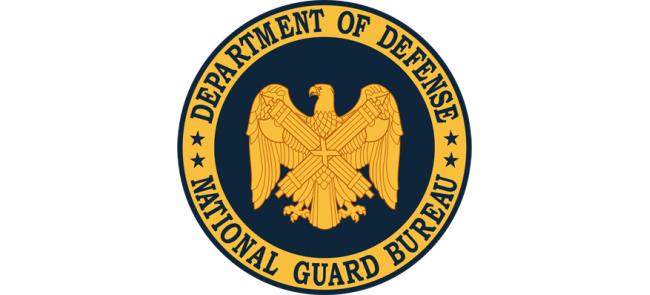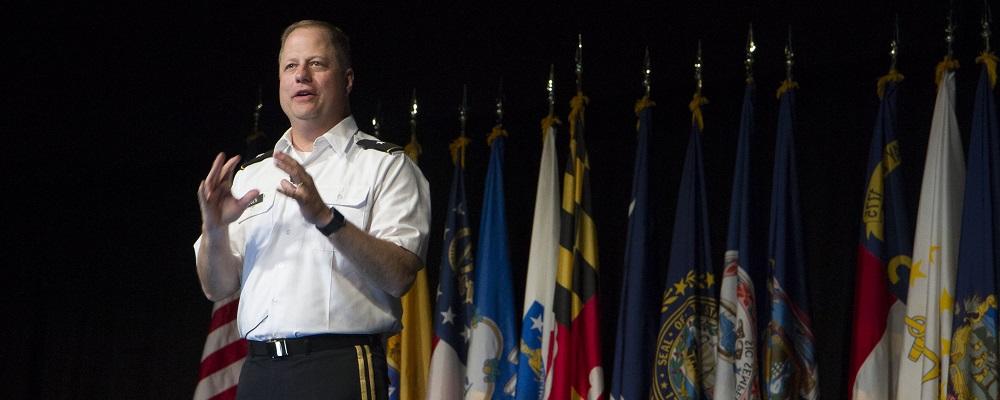
Army aviation is looking to upgrade from aircraft developed in the 1970s. But in doing so, the head of the organization leading the effort promised the Guard’s helicopter fleet will not be a victim.
“Here’s my promise to you. And here’s what we’ve told every senior leader,” said Brig. Gen. Walter Rugen, the director of the Army’s Future Vertical Lift Cross-Functional Team. “We are not impacting Guard aviation modernization to fund FVL.”
With the Army developing new aircraft while also modernizing old Guard helicopters, some have worried that money for the latter would be diverted to fuel the next generation aircraft.
That could put the Guard, which has some of the oldest helicopters in the Army, at a severe disadvantage.
But Rugen, speaking to the 141st General Conference & Exhibition, said the Army was committed to buying Guard units new and upgraded UH-60 Black Hawks.
He also said Army leaders have committed additional AH-64 Apache helicopters for the aviation school at Fort Rucker, Alabama. The additional aircraft should help generate more training slots for Guard aviators, which have struggled in recent years in securing enough training seats.
About 15 Apaches are being sent to Rucker to increase the training throughput, Rugen said. Next year, Guard leaders should see more opportunities for their pilots.
The Black Hawk and the Apache are quickly aging. And in the face of near peer threats, the Army can’t afford not to modernize its aircraft.
Potential adversaries have improved their capabilities in recent years, while the United States was focused on counter-insurgency efforts in Iraq and Afghanistan. Those capabilities have closed the gap between the Army and those it may be tasked with fighting.
“We need to generate standoff and overmatch within aviation forces to bring back lethality,” Rugen said.
New aircraft must be more lethal, more survivable, have greater reach and endurance, and be more sustainable, he said.
To accomplish that, the Army is undertaking two modernization programs to identify and develop replacements to current aircraft: Future Attack Reconnaissance Aircraft (FARA) and Future Long-Range Assault Aircraft.
The new programs come years after the Aviation Restructure Initiative, which divested the Army’s small scout helicopter, the OH-58 Kiowa Warrior, and moved much of the Guard’s Apache fleet to the active component.
NGAUS fought against the ARI, which originally called for moving all Apaches out of the Guard. In a compromise, four Guard Apache battalions remain in the force.
After that experience, Rugen said Army aviation is now committed to doing a better job of being transparent and communicating with Guard leaders. And officials from both the Guard and Army Reserve have been included in regular aviation summits that help outline the future for the aviation force.
“This is a Total Army plan that we’re building,” Rugen said.
The FARA will be a scout or air cavalry aircraft, capable of hiding in radar clutter and operating in urban environments to find, fix and finish threats. Currently, five companies are competing for the contract to build the new aircraft.
Later this year, officials are expected to whittle the number of competitors down to two before eventually fielding prototypes.
Meanwhile, the FLRAA already has two competitors, each of which are already flying while angling to be the Black Hawk replacement. The Bell V-280 Valor is a tiltrotor aircraft. While the Sikorsky-Boeing SB>1 Defiant is a compound helicopter.
Rugen said the competition is going well. And said the Army is better positioned now than it was the last time it tried to adopt a more modern helicopter, the canceled RAH-66 Comanche in 2004.
He said it’s not a question of if, but when the Army must adopt new weapon systems. Which is why the Army is looking to move quickly.
“The Black Hawk and Apache were designed in the industrial age,” Rugen said. “We’ve got to get into the digital age.”
His team is also working on fielding new unmanned aerial systems, but will rely on existing technology rather than hosting a competition for all new aircraft.
“I don’t want to spend billions of dollars developing something that somebody has already developed,” Rugen said. And he said future aircraft will need open system architecture to that the Army can develop new software and upgrade the aircraft “at the speed of technology.”

